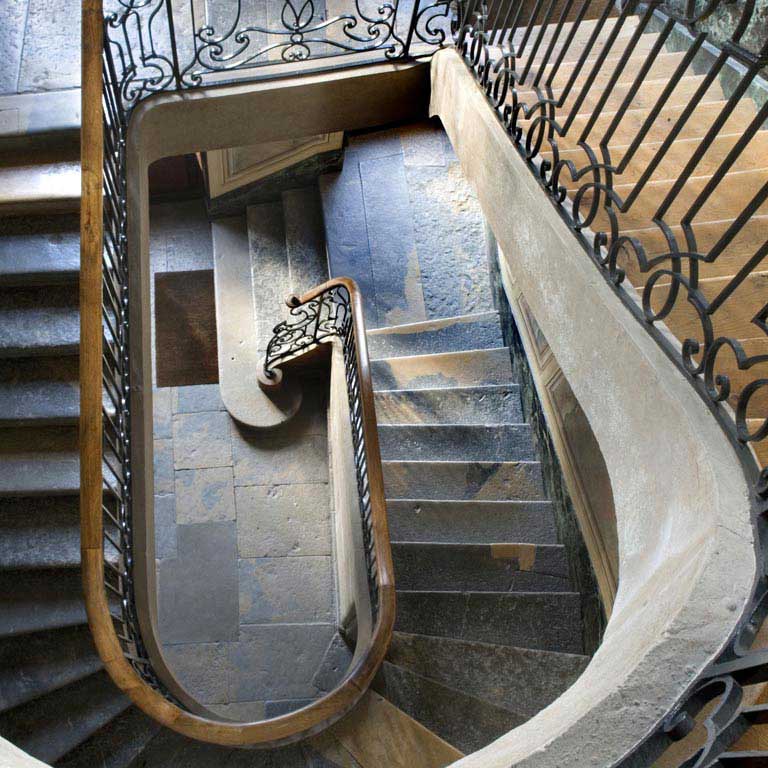The town of Besançon was settled in an exceptional location, on land where the Doubs River formed a loop around a rocky promontory; this was the foundation for the Citadel, built by Vauban in the late 17th century. In Roman times, Besançon, then called Vesontio, was a large town, which developed inside the loop. Its north-south axis, called the cardo (an integral component of Roman city planning), which today is Grande Rue, connected a bridge (today Battant Bridge) to the promontory. At its foot, you can see a Roman triumphal arch called The Black Gate. During the barbarian invasions, the town’s inhabitants took refuge at the foot of the promontory, behind the walls of the castrum (a camp which most Roman cities had, specifically designed for defence). At the end of the 3rd century CE, Besançon became an archbishopric. The episcopal see grew around the two cathedrals, Saint Stephen’s and Saint John’s, the first on the hill, the second at the foot of the promontory. Around the 11th century, at the other end of the town, a market area began to develop around Battant Bridge on both sides of the river. During the Middle Ages, the land between these two centres, one religious and one merchant, was gradually filled in with homes. And by the 14th century, with all this urban construction, a town hall was built on Grande Rue at the half-way mark.
The neighbourhood around Saint John’s Cathedral and the Archbishop’s Palace is composed of old canons’ houses. Until Vauban demolished Saint Stephen’s Cathedral, the canons held mass and other ceremonies in the two cathedrals, and lived according to strict rules. The houses they occupied could only be passed on to other canons, and commerce of all types was forbidden. That is why, even today, this neighbourhood is very quiet and calm.
